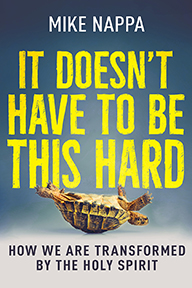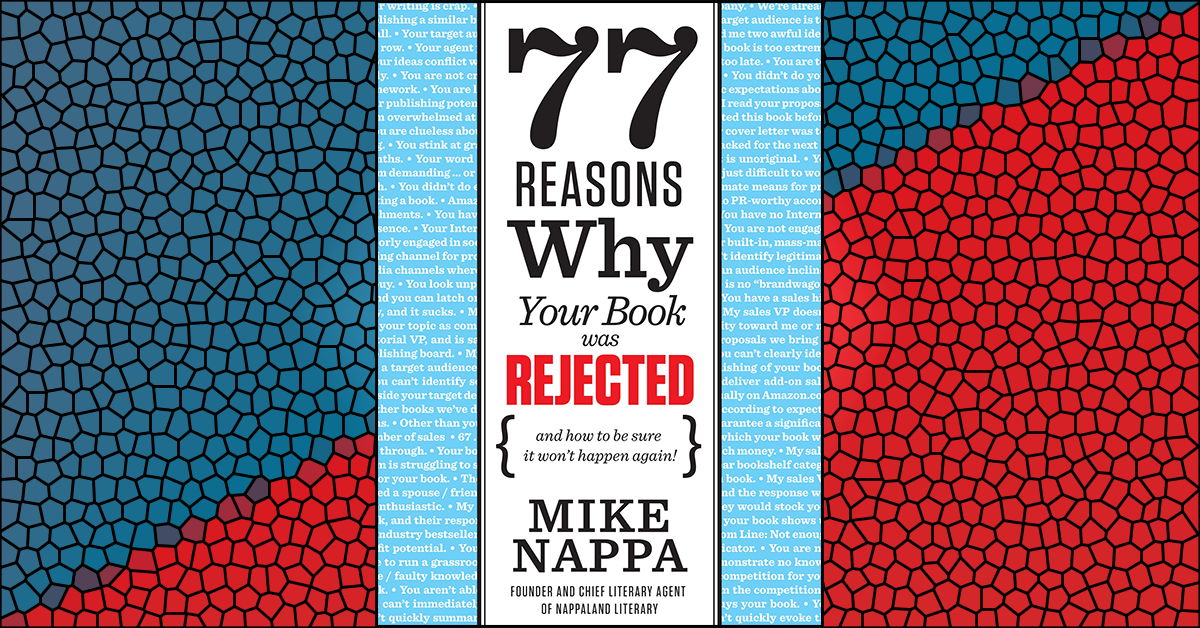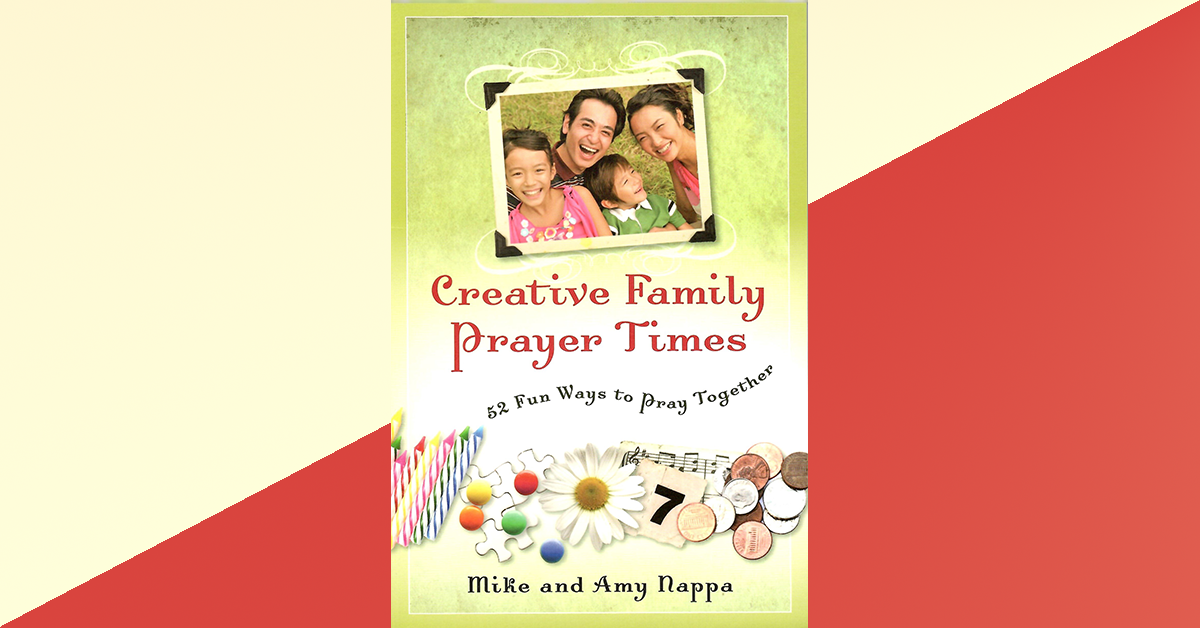A Sales Team reason for rejection
Let me ask you a question: How do you get “there” from “here”?
If you’re like most people, you map out a route that will, hopefully, get you from point A to point B in the shortest, straightest way.
Well, in the world of my Sales VP, point A is your book, and point B is the buyer who will pay cash money (or credit) for it. And the map my VP uses to get to point B is filled with what we call “sales channels”—the roads of commerce we’ll travel to get some coin for your great book.
You’re probably already familiar with the superhighways on this map—you know, the Sam’s Clubs and Barnes & Noble chain stores. And you probably know those retail roads are clogged with the traffic of all the books trying cram into those places. Your best bet for success, then, is being able to show my Sales VP a few other, potentially profitable avenues to take when selling your book.
Let me give you an example of what I mean. Previously I mentioned to you my friend, Mikal Keefer. Well Mikal once wrote a children’s book about a disabled child playing wheelchair basketball. As part of his research for the book, he contacted a wheelchair manufacturer and learned all about the distinctive engineering required to make a child’s wheelchair basketball-worthy. At the same time, they learned about his cool new, affordable kids book.
Fast-forward a bit, and next thing you know, copies of Mikal’s children’s book were being included in the pocket of every wheelchair this company rolled off the assembly line. As Mikal told me later, “I had a very happy publisher.”
So what about your book? How will it get from point A to point B? Do you know? Have you given it any thought at all? If you’re like most writers, you’ll just leave that part of the equation to my sales team and hope for the best.
But then again, if you’re like most writers, you’ll also get rejected.
What You Can Do About It
1. Be aware of typical sales channels—and show how your book will succeed in selling through them.
Here are some of the most common sales channels that my sales team are working with every day:
- “Big Box” retailers like Sam’s Club, Target, and Costco;
- National Chain retailers like Barnes & Noble, Books-A-Million, Half Price Books, and so on;
- Independents (locally-owned bookstores);
- Rack Jobbers (independent wholesalers that manage the inventory of other retailers, such as grocery stores or drugstores);
- Library Associations;
- Internet retailers (including Amazon) and wholesalers;
- Book Clubs;
- School Associations;
- Business Associations;
- Charity groups,
- Direct to Consumer; and
- any niche channels on their radar (like the aforementioned wheelchair manufacturer).
Which of these channels will your book sell through? When it’s time to predict the future sales of your book, my Sales VP will contact his key salespeople working in each of these channels. He’ll ask how many copies they can sell in their channels, then he’ll add up their numbers to get a total first-year projection in unit sales for your book.
The more channels in which your book can travel, the better it looks in the eyes of my Sales VP. And if you can add-on brand new sales channels my VP hasn’t thought of yet? Well, that’s even better yet.
2. Interview a retail book buyer.
Yes, this is homework. But it should be fun and it will broaden your understanding of the book industry immensely.
First, create a list of questions that are both sincere and not stupid. For instance, “What does a book buyer do during a typical workday?” is a sincere question. “Why doesn’t your company stock my book?” is a stupid one. Limit your questions to between 5-8 total, so that you can conduct your interview in about 15 minutes max.
Next, call the headquarters of your favorite bookstore chain and ask to speak to a secretary in the book buyers’ department. Tell the secretary you’re doing research for an article for your website or for a report for your writer’s group, and ask if one of their buyers would be available for a 15-minute interview about his or her job. Then conduct the interview—and apply what you learn!
3. Brainstorm unexpected sales channels for your book.
Of course, in order to be successful in publishing, you’re going to have to figure out how to succeed in the traditional sales channels above. However, you can add-on success by exploiting unexpected sales channels. So gather a few friends and brainstorm where those channels might be. Is yours a gift book on marriage? Maybe it’d sell in all the wedding chapels in Las Vegas and Atlantic City. Is yours a medieval thriller novel? Maybe it would sell on a medieval fair circuit that thrives during the summer months. You get the idea.
If your non-traditional sales channel can generate 1,000 copies or more in sales, that’s something my VP will notice—and may reward.
Looking for more? Check out these links:











